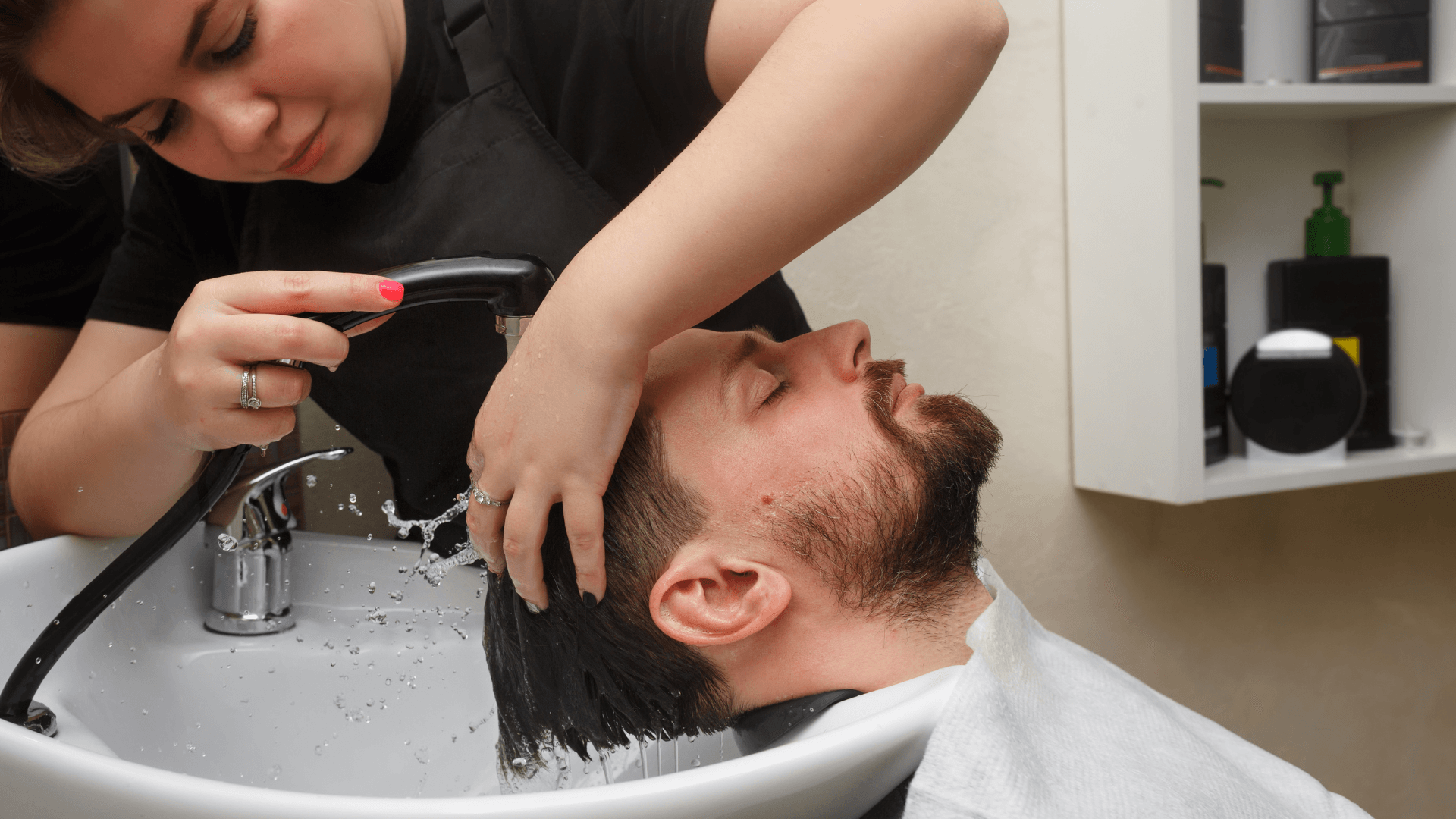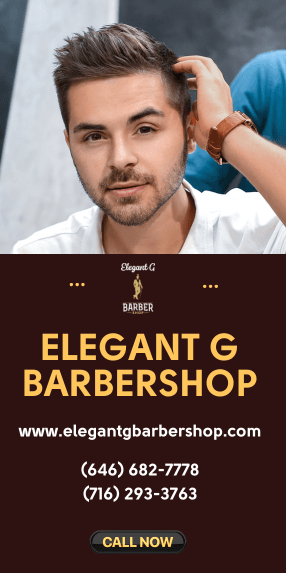Getting a fresh haircut is a great way to revamp your look and boost your confidence. But to make sure you maintain that just-left-the-barbershop feel, it’s crucial to follow up with the right hair care routine. Here are 7 frequently overlooked hair care tips that will help you keep your new cut looking sharp and healthy.
The Importance of Post-Cut Hair Care
Whether you’re a professional barber or someone who takes pride in their grooming routine, understanding the nuances of post-cut hair care is vital. Not only does it help in maintaining the look, but it also ensures hair health. This guide aims to provide you with practical advice to extend the life of your fresh cut.
1. Shampoo and Conditioner Selection: Tailoring to Hair Type
One size doesn’t fit all when it comes to shampoo and conditioner; understanding the unique needs of different hair types is crucial for maintaining healthy hair. Here’s how to choose the right formulations for various hair types:
- Oily Hair: Individuals with oily hair should opt for a clarifying shampoo designed to effectively remove excess oil and buildup without stripping the hair of its natural moisture. These shampoos often contain ingredients that help balance oil production while keeping the scalp clean and refreshed.
- Dry Hair: For those with dry hair, it’s essential to select a hydrating shampoo and conditioner that will infuse moisture into the strands. Look for products that feature nourishing ingredients like argan oil or shea butter, which provide intense hydration and help to repair damage.
- Curly Hair: Curly hair requires specific care to maintain defined curls and reduce frizz. Therefore, sulfate-free shampoo and conditioner are ideal since they gently cleanse without removing essential oils. Additionally, products enriched with natural oils can enhance curls and promote a soft, bouncy look.
Pro Tip: Educating your clients at your New York Barbershop about selecting the right products for their hair type can greatly enhance their grooming experience. By guiding them in product choice, you not only empower them to take better care of their hair but also foster loyalty and trust in your expertise. This small tip can go a long way in solidifying the relationship between you and your clientele.
2. The Power of Cold Water Rinses
While a hot shower can feel invigorating and relaxing, it can also have detrimental effects on the hair. Hot water tends to strip away the hair’s natural oils, leading to dryness and increased frizz. In contrast, rinsing hair with cold water offers substantial benefits. Cold water helps seal the hair cuticles, which promotes a smoother and shinier appearance. By closing the cuticles, cold water not only enhances the overall look of the hair but also helps in retaining moisture, preventing further dryness.
Pro Tip:
Encourage your clients to incorporate a cold water rinse at the end of their washing routine. This simple adjustment helps lock in moisture and maintain a sleek, polished finish that enhances the vitality of their hair. Suggest that they gradually lower the water temperature towards the end of their shower or bath to get accustomed to the colder rinse, ultimately reaping the benefits of healthier, more manageable hair. Sharing this tip can also position you as a knowledgeable expert, enhancing the trust your clients place in your recommendations.
3. Proper Drying Techniques: Towel vs. Air Drying
When it comes to drying wet hair, the techniques employed can greatly influence its overall health and appearance. The fundamental principle to remember is that wet hair is particularly vulnerable to damage, so treating it with care is essential.
Towel Drying:
Traditional towel drying often involves vigorous rubbing, which can lead to frizz and breakage. Instead, encourage your clients to gently pat their hair dry using a soft towel. Opting for a microfiber towel can enhance this process, as it is less abrasive and absorbs moisture more effectively. Microfiber towels are designed to minimize friction while drying, significantly reducing hair damage and helping to maintain its integrity. Advise clients to start from the ends of the hair and work their way up towards the scalp, ensuring that they handle their hair delicately to prevent unnecessary stress on the strands.
Air Drying:
Air drying is the healthiest option for preserving hair health. If time allows, suggest that clients let their hair dry naturally, as this method prevents heat damage that can arise from blow drying. However, for those who need to use a blow dryer due to time constraints, it’s crucial to keep the device on a cool setting. High heat can cause moisture loss and lead to brittle hair, so opting for a cooler breeze not only protects the hair but also aids in retaining its natural moisture. Encourage clients to establish a regular routine of towel and air drying to cultivate healthy hair habits. By sharing this information, you not only enhance their grooming experience but also solidifies your role as a trusted advisor in their hair care journey.
4.Combing and Brushing: The Right Tools and Techniques
Using the right hair tools can make a world of difference in maintaining hair health.
Wide-Tooth Comb:
A wide-tooth comb is the go-to tool for detangling wet hair. The wider spacing between the teeth allows for easier gliding through the strands, significantly reducing the risk of breakage and damage. When combing wet hair, it’s best to be patient—start at the ends, gently easing out any knots before gradually working your way up towards the scalp. This method helps to protect the delicate strands from unnecessary tugging.
Boar Bristle Brush:
For those looking to enhance the shine and overall health of their hair, a boar bristle brush is an excellent choice. This type of brush helps to distribute the natural oils from the scalp evenly down the hair shaft. These oils, known as sebum, provide essential moisture and can significantly improve the hair’s texture and shine. When using a boar bristle brush, always ensure that your hair is dry, as using it on wet hair can lead to breakage.
Technique:
Regardless of the tool used, the technique is crucial. Always start brushing from the ends of the hair and work your way up towards the roots. This not only prevents unnecessary tugging but also helps to minimize breakage. Encourage clients to be gentle and to take their time with the process, as a careful approach can help maintain the integrity and health of their hair over time. By educating clients on the right tools and techniques, you empower them to care for their hair effectively, reinforcing your role as a knowledgeable and reliable source in their hair care routine.
5. Avoid Over-Styling and Heat Damage
Heat styling tools like flat irons and curling wands can cause significant damage if used excessively. The high temperatures involved in these processes can compromise the structural integrity of the hair, leading to dryness, breakage, and split ends. To help clients maintain their hair’s health, it is essential to encourage the following practices:
- Use Heat Protectant Sprays: Before applying any heat, clients should apply a heat protectant spray or serum. These products create a barrier between the hair and the heat, reducing the risk of damage. Look for sprays that provide a high heat protection factor, are lightweight, and do not contain alcohol, which can further dry out the hair.
- Limit the Use of Heat Styling Tools: Advise clients to reserve heat styling for special occasions rather than daily use. By doing so, they allow their hair time to recover and maintain its natural moisture levels. Suggest alternative styling methods that do not involve heat, such as braiding damp hair for waves or using rollers for curls.
- Opt for Air-Drying and Natural Styles: Encourage clients to embrace their natural texture. They should consider air-drying as a primary method for drying their hair to avoid any heat exposure. Additionally, suggest styles that enhance their natural hair type, like beachy waves for wavy hair or a simple braid for straight hair, to minimize the need for heat styling.
By educating clients on the dangers of over-styling and providing practical alternatives, you empower them to keep their hair healthy and beautiful while staying within their hair care routine.
6. Scheduling Regular Touch-Ups at the New York Barbershop
Frequent trims are essential for maintaining a fresh cut and ensuring the health of your clients’ hair. Encouraging clients to schedule regular touch-ups not only keeps their hairstyle looking sharp but also helps prevent split ends and promotes overall hair vitality. Ideally, clients should aim for a trimming schedule based on their hairstyle:
- Every 4-6 Weeks for Short Hairstyles: For clients with short mens haircuts, regular trims every four to six weeks are crucial. This frequency helps maintain the shape and precision of the cut, ensuring that the style looks effortless and polished.
- Every 8-12 Weeks for Longer Styles: Longer hairstyles can afford a bit more time between trims, typically every eight to twelve weeks. This timeframe allows clients to grow out their hair while still managing any split ends or damage that might arise.
In addition to setting up a consistent appointment schedule, consider implementing a “Pro Tip” strategy: offer a discount for clients who book their next appointment before leaving the barbershop. This not only incentivizes clients to return regularly but also solidifies their commitment to maintaining their style. By fostering this proactive approach to hair care, clients are more likely to enjoy healthy, well-maintained locks while developing a strong relationship with your barbershop.
7. Bonus Tips for Men’s Haircuts
Maintaining a fresh cut involves more than just daytime care; incorporating a few additional practices can significantly enhance hair health and appearance.
Nightly Protection
Encourage clients to consider their nighttime routine as an integral part of their hair care. One effective suggestion is the use of a silk pillowcase. Unlike cotton, which can create friction that leads to hair breakage and frizz, silk allows hair to glide smoothly over the surface. This lessens the chance of tangles and split ends, promoting healthier hair tissue and helping to maintain the integrity of their hairstyle. Additionally, clients may also want to tie their hair back loosely with a soft scrunchie or a silk hair tie to prevent unnecessary stress on the hair while sleeping.
Diet
Advise clients that what they consume can also play a crucial role in the health of their hair. A balanced diet rich in vitamins and minerals is essential for strong and vibrant locks. Specifically, incorporating foods high in Biotin—found in eggs, nuts, and whole grains—is known to support hair growth and thickness. Omega-3 fatty acids, commonly found in fatty fish like salmon, flaxseeds, and walnuts, also contribute to a healthy scalp and can reduce inflammation. Encouraging clients to focus on a diet that includes these nutrients can help improve hair health from the inside out, ensuring they maintain that fresh look long after they’ve left the barbershop.
Conclusion
Post-cut hair care is a combination of the right products, techniques, and lifestyle choices. By following these tips, you can ensure that your clients leave the New York Barber not only looking great but also equipped with the knowledge to keep their hair in top shape until their next visit.
Don’t forget to book your next appointment today to keep your look fresh and sharp!
Frequently Asked Questions about Hair Care After a Fresh Cut
1. How soon can I wash my hair after getting a fresh cut?
It’s generally recommended to wait at least 24 hours before washing your hair to allow the cut to settle properly. This will help maintain the shape and style created by your barber.
2. Should I use different hair products after a fresh cut?
Yes, after a fresh cut, consider using lightweight styling products that won’t weigh your hair down. Products containing natural ingredients can also help maintain your hair’s health and style.
3. How often should I get my haircut to maintain the shape?
To keep your style looking fresh, it’s advisable to schedule haircuts every 4 to 6 weeks, depending on your hair growth rate and the style you want to maintain.
4. What is the best way to style freshly cut hair?
Utilize a combination of a good styling product and a blow dryer to create volume and texture. Remember to be gentle, especially with shorter styles, to avoid causing any damage.
5. Can I still use heat styling tools on my hair after a fresh cut?
Yes, but it’s important to use heat protectant sprays to safeguard your hair from potential damage. Aim to limit the use of heat styling tools to maintain the integrity of your fresh cut.


